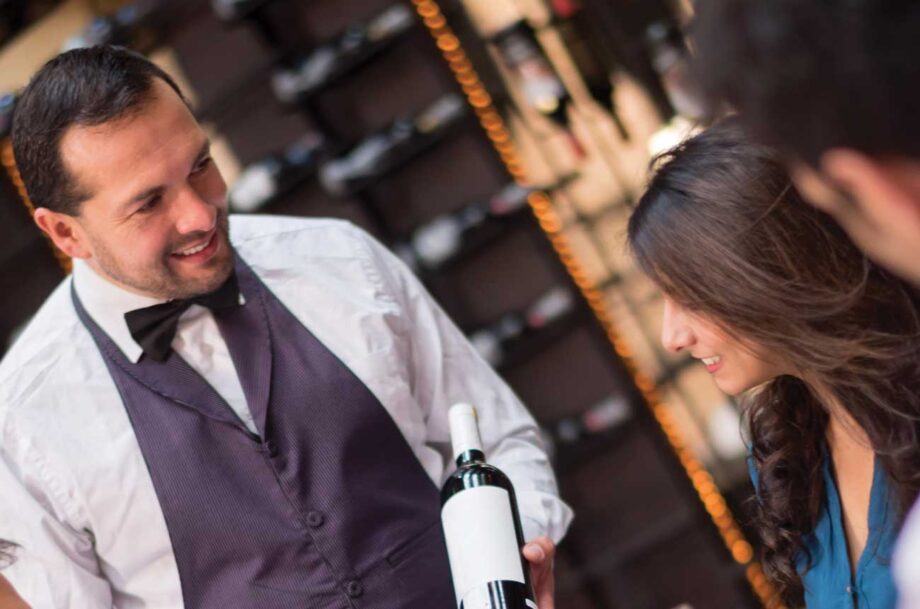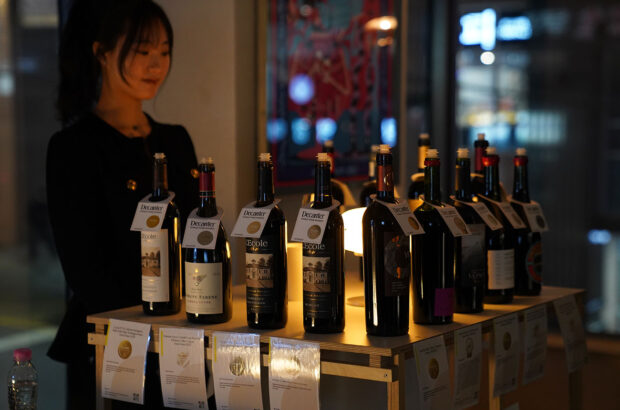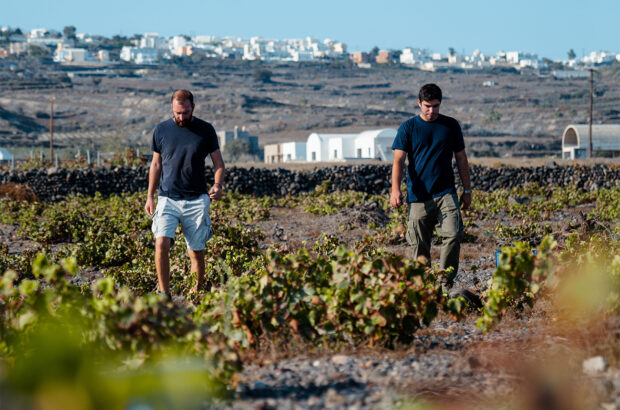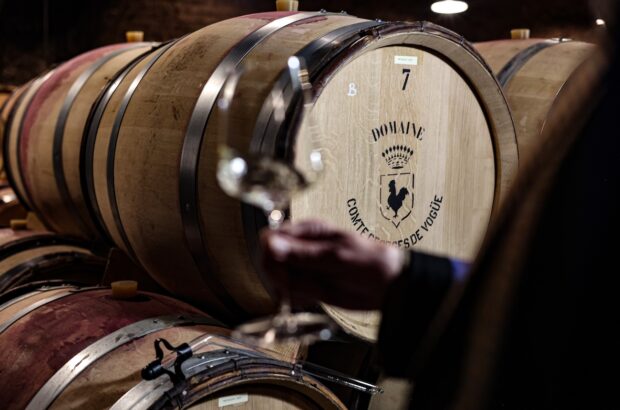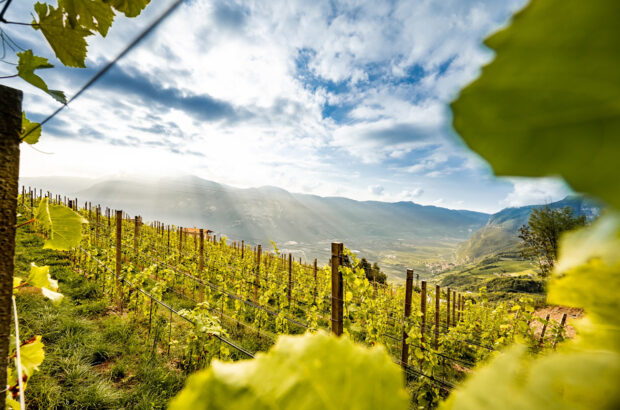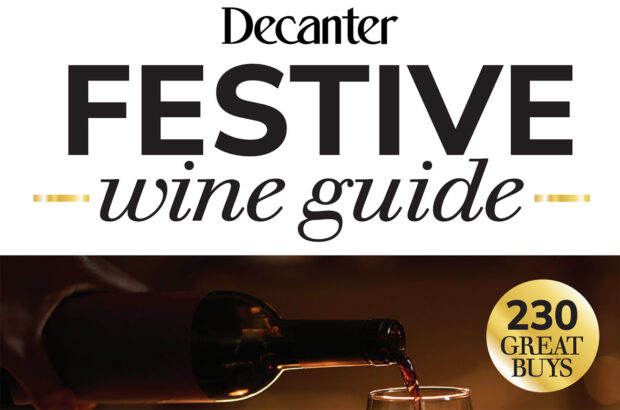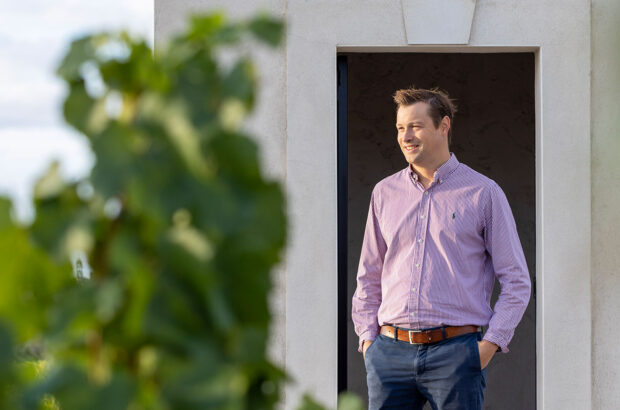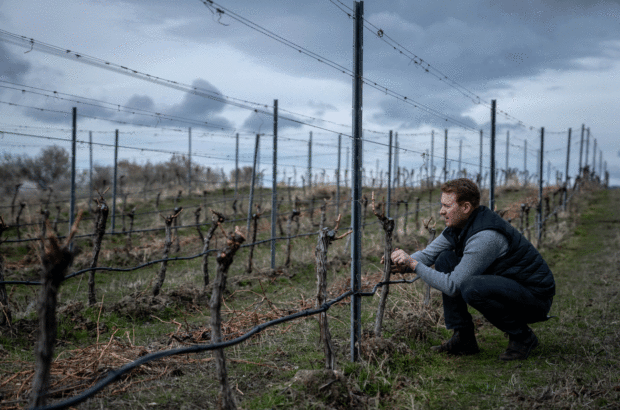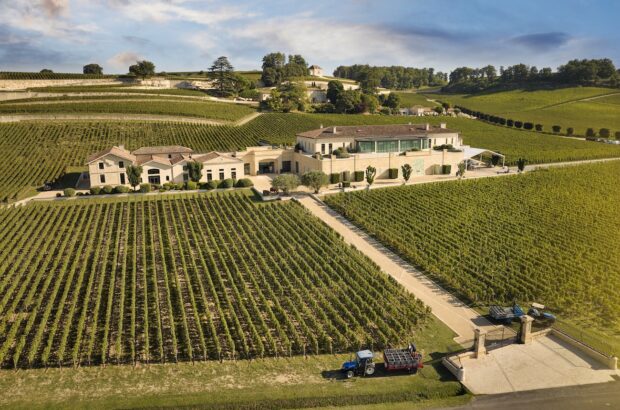My boyfriend is thirsty and the sommelier has handed me, an oenophile, a wine list the size of an A4 box file into which I’m about to disappear as if on the beach with a good novel.
This isn’t a scene from my recent life. I like to think I’ve learned a thing or two over the years and one of them is that the clock is running from the moment you pick up the wine list in a restaurant. The only exception is when eating out with a fellow wino. Then it’s fine to spend some time intricately hashing over your choices. Otherwise, it’s skates-on time.
This is why I now look the wine list up online a couple of days or hours before eating out, when I’m free to browse at length, and to anticipate; because anticipation is, after all, a large part of the pleasure of eating and drinking.
First things first
Once in the restaurant, you’ll need to get a swift apero in play. This is the moment of maximum pressure. Stay calm. Get water in everyone’s glass. Consider the 2020s move of ordering a zero-alcohol beer to take the edge off everyone’s thirst and buy a bit of time.
If there are just two of you, very likely you’ll only want one full bottle of wine, so it needs to be the right one. I’m hearing from a lot of sommeliers that where well-heeled à deux diners once took the ‘glass of house fizz followed by a bottle of Burgundy’ route, many are reversing that and ordering a good bottle of grower Champagne or English sparkling then moving on (or not) to a glass of still wine.
The switch is about wow factor: Burgundy prices have risen so much that, as Darren Ball, head of wine at Caprice Holdings, puts it: ‘For the same price as a bottle of, say, Montagny 1er cru, you could have a richer style of Champagne that is luxurious but still fresh and will go well with food, too.’
On the subject of still-wine classics, Court of Master Sommeliers Europe CEO and DWWA Co-Chair Ronan Sayburn MS offers a reminder: ‘The big names, the Sancerres and the Chablis, are probably marked up quite high. If you know a bit about wine, you should be able to recognise grape varieties and if you like Sancerre, say, you should be able to get a Sauvignon Blanc from somewhere else. The real value now is found in places like South Africa – they do great wines for great prices.’
Stay safe or branch out
A good methodology is to start with what you know and have the appetite for, be it a grape, a country or both. Scan for that within your budget and find a backstop option. Maybe it’s a South African Pinot Noir. Maybe it’s a dry Australian Riesling. With one good pick in hand, you can delve further into the unknowns in the list and see if you can beat it.
Those with more wine knowledge could start by eyeballing the list to get a sense of where the sommelier is coming from. A good wine list always has a personality. Once you’ve ‘read’ that personality, it’s easier to navigate the list. Maybe the taste clashes with yours, so you go into damage-limitation mode and look for well-known names and brands. Or maybe you’ve intuited a match and can feel free to go on a spree through the obscure and the unfamiliar. Of course, you can also ask the sommelier for advice. That, after all, is why they’re there.
Wine list navigation: Tips for success
DO Be clear about budget. The best way to do this when speaking to a sommelier is to point at wines on the list that are within your price range.
DO Consider the house wine. ‘A good restaurant lives or dies by the quality of its house wine,’ says Ronan Sayburn MS. ‘It ought to be a point of pride to have a good one.’ Agreed; house wine is usually also very good value. And while it may or may not be made from a grape or combination of grapes that you know, it’s always picked to have broad appeal, and to work in the environment and with the food of that particular restaurant. You wouldn’t hesitate to choose house Champagne, so why not house wine?
DO Seek out the bottles that are there because the person writing the list thinks they’re good value. These will be the ones in between the obvious anchors of (for example) grande marque Champagnes, Malbec and Marlborough Sauvignon Blanc.

